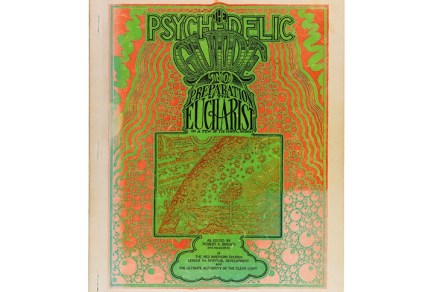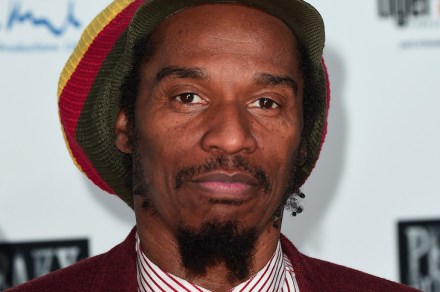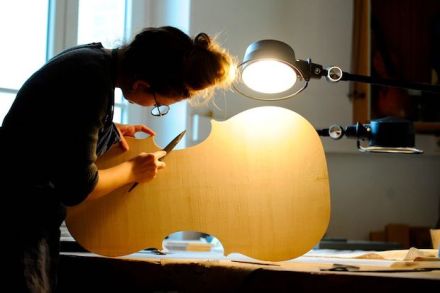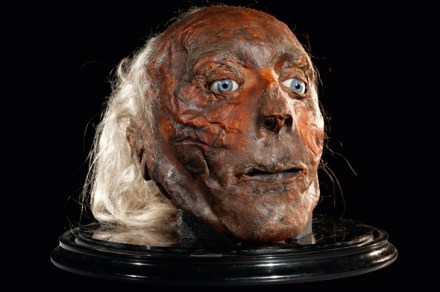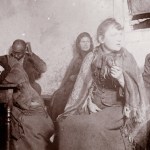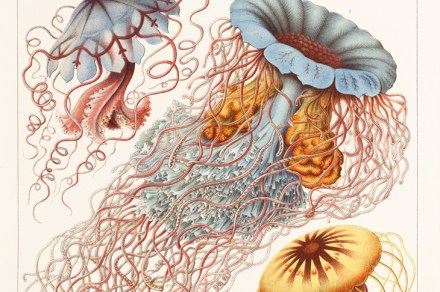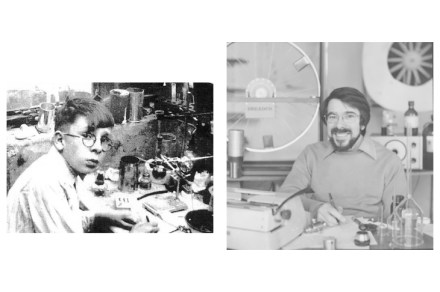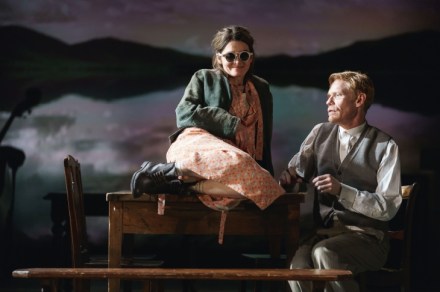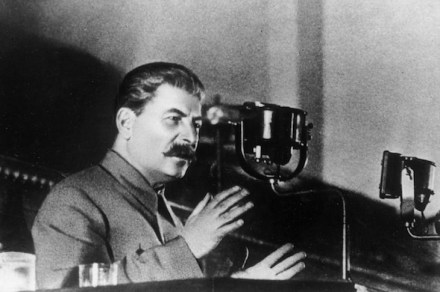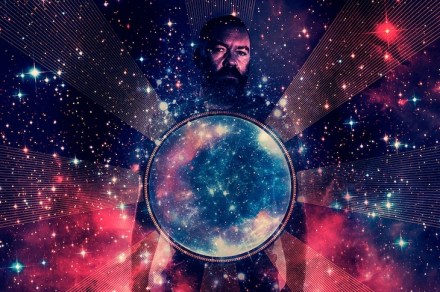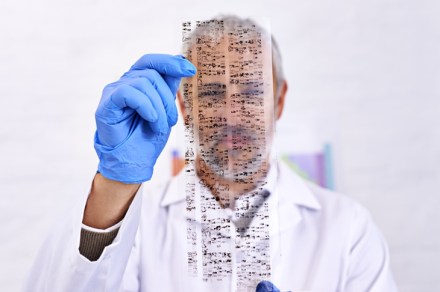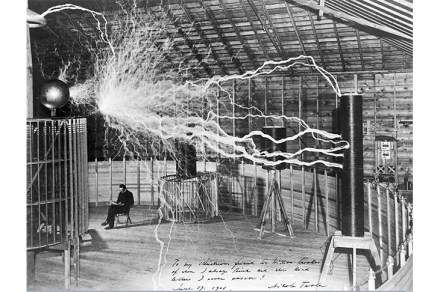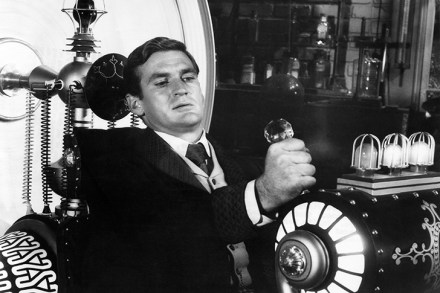The acid test
When Peregrine Worsthorne was on Desert Island Discs in 1992, he chose as his luxury item a lifetime supply of LSD. He may, according to the American journalist Michael Pollan’s fiercely interesting new book, have been on to something. Acid has a bad name these days: either a threat to the sanity of your children, or a naff 1960s throwback favoured by the sort of people who sell you healing crystals at markets in Totnes. Yet in LSD-25, psilocybin, DMT, mescaline and others we have a family of molecules with startlingly powerful effects on the human mind. They are not addictive, carry little or no physiological risk, and their association
